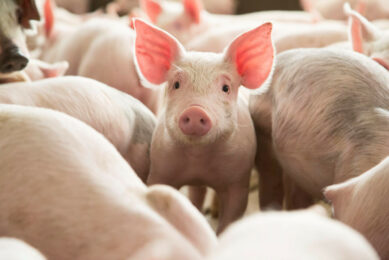Ethanol industry demands too much corn
A recent series of lectures for farmers, nutritionists, feed mill managers and others presented by Alltech addressed growing concerns about the amount of corn being diverted from animal agriculture to ethanol production.
“This is a problem not only for today, but for tomorrow and for years to
come,” said Alltech president Pearse Lyons. “With the president’s biofuels
mandate of 20% in 2020 and 30% in 2030, ethanol is the darling of Wall Street,
but presents a problem on the rural route,” said Lyons, in reference to
President George W. Bush’s challenge to America to provide 20% and 30% of its
fuel as biofuels by 2020 and 2030 respectively.
As corn prices recently
soared to a 10-year high in the U.S., some agricultural experts are beginning to
express concern about the supply of corn for the feed and food industries. From
175 million gallons in 1980 to an estimated 11 billion gallons in 2008, the
corn-fed fuel is driving an economic boom around the world, but at the same time
utilizing a large share of the corn supply. Some analysts predict the ethanol
industry will pull 139 million tons of corn from the 2008
harvest.
Rising costs
“We had the third largest corn
crop in history and second largest yield in history, and yet the prices of corn
are going through the roof,” said Lyons.James Pierce, coordinator of monogastric
nutrition at Alltech, explained that one way to address the rising cost of
feedstuffs is through secondary fermentation products. Through solid-state
fermentation (SSF), we can grow organisms on DDGS, the co-products of ethanol,
that will give us a more consistent and higher quality feed source. However, the
variability of DDGs is still a major problem facing today’s farmer,” said
Lyons.
Related link:
Alltech











